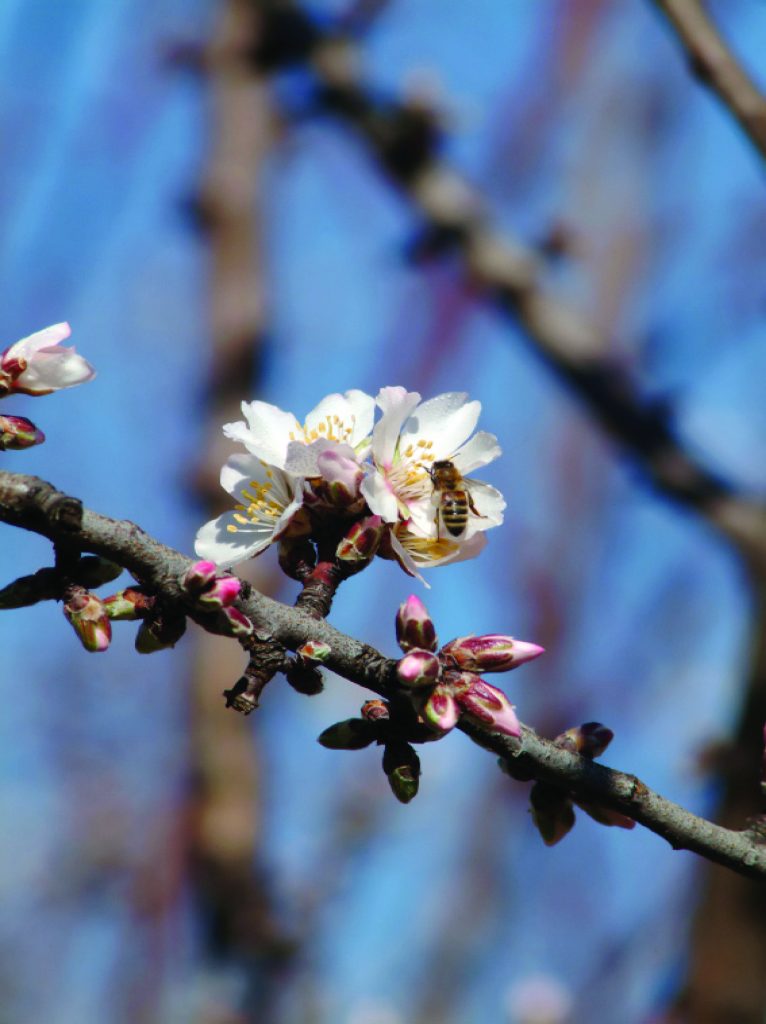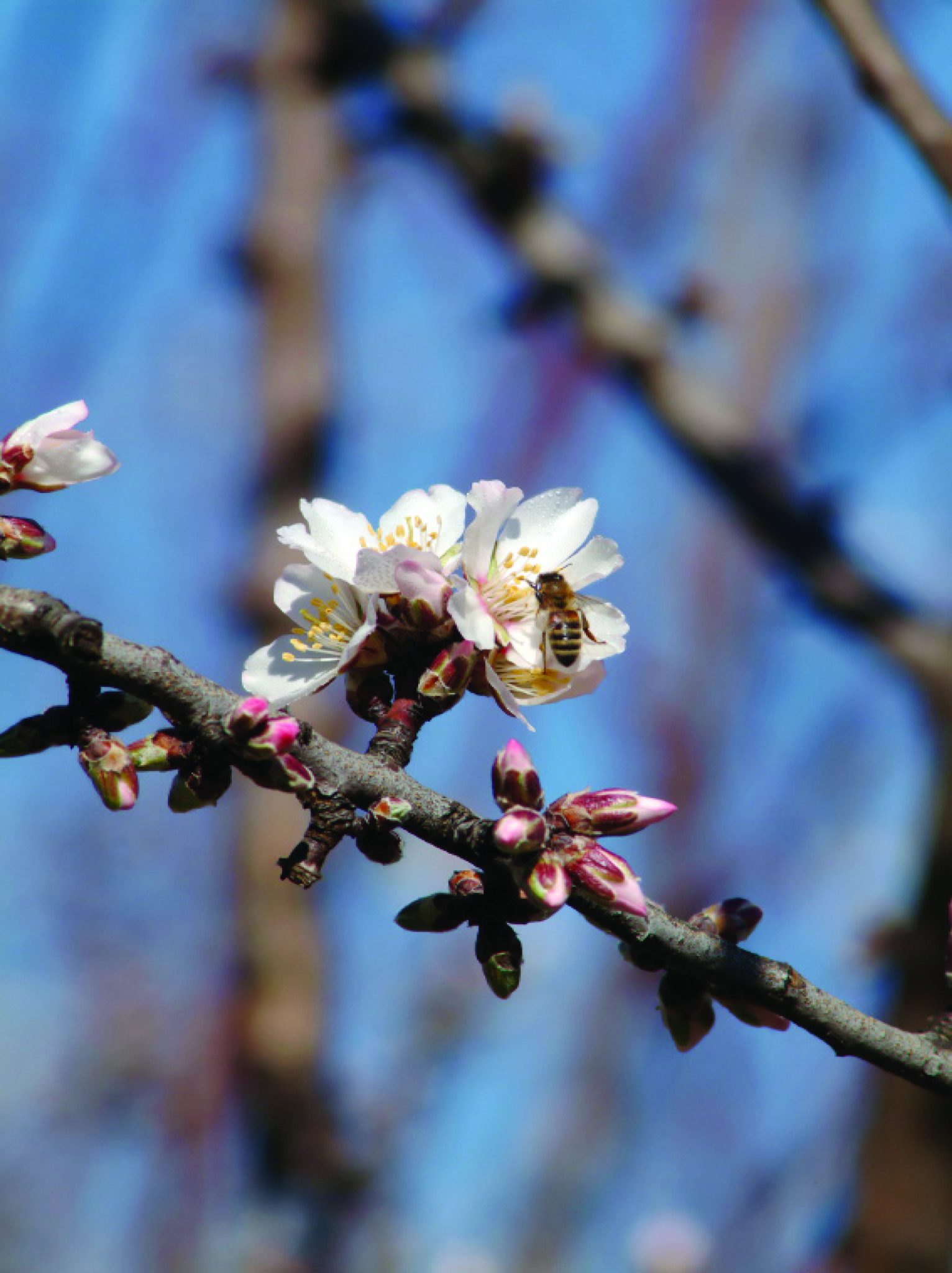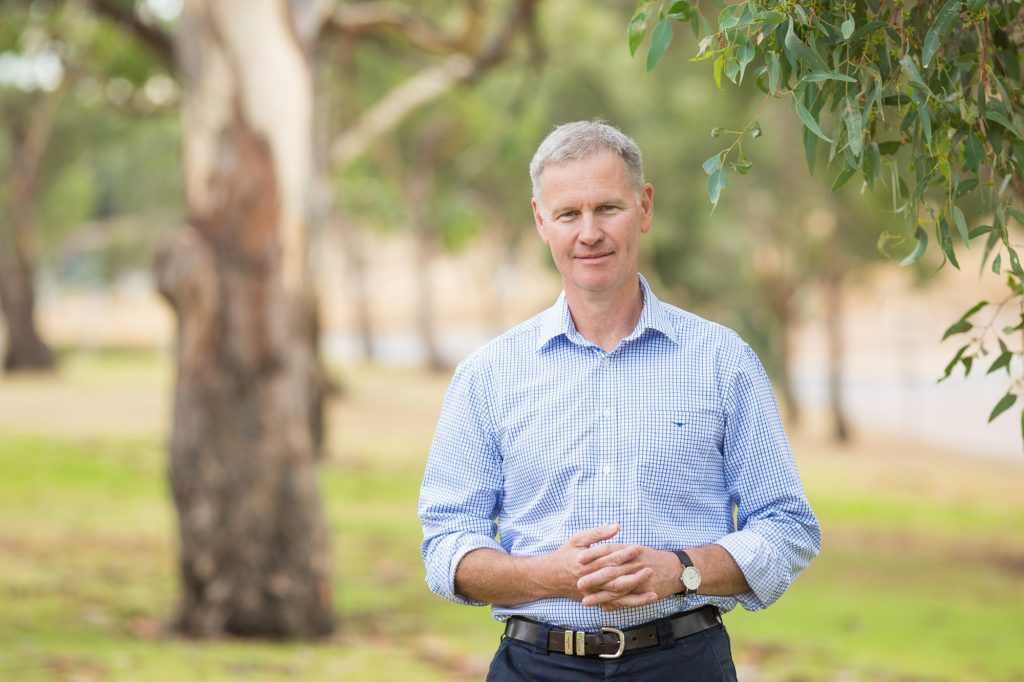It’s fair to say that most of us have some understanding that bees play an important role. But do we understand why? Because bees are more than important, in fact they’re critical to our food security. Through the process of pollination we depend on bees for one in every three mouthfuls of the food we eat.[i]
Our honey bees are responsible for so much more than the honey we drizzle on our crumpets. Foods like apples, avocados, blueberries, cucumber, pumpkin and rockmelon depend on honey bee pollination to produce fruit. Australian almond production is also entirely reliant on bee pollination and for macadamias, cherries and mangoes the figure is 90 per cent. In total, some 35 of our horticultural and agricultural industries depend on pollination services provided by our honey bees. This includes for seed production of crops that provide feed to our meat and livestock industries, for example Lucerne depends on honey bee pollination to produce seed.[ii]
With all these food industries dependent on pollination for crop production, the annual contribution to the Australian economy of our honey bees is estimated to be a staggering $14.2 billion.[iii] This is in addition to the $147 million in farm gate value (gross value of production) generated by honey and bees wax[iv] and an estimated $77 million in additional hive products such as queen bees, packaged bees, propolis, paid pollination services and honey from small commercial producers.[v]
As well as its role in horticultural and agricultural production, commercial honey bee pollination generates employment in regional areas. Recent analysis has shown the pollination of Australia’s almond crop alone directly generates 400 full-time equivalent jobs and $18 million in wage value.[vi]
The honey bee industry is facing down a triple threat
Now that we better understand how and why our bees are so important, the bad news is that our honey bee and pollination industry is facing a number of challenges that threaten its survival. The past few years have not been kind to the industry and three major events beyond their control – drought, bushfires and now COVID-19 – have made life difficult for our beekeepers.
The industry had not yet recovered from the drought which affected the majority of Eastern Australia over the past three years, and the black summer bushfires destroyed 15.6 million hectares of native forest and ruined more than 12,000 hives.[vii] Critical nectar and pollen sources for honey bee colonies have been lost and the industry’s ability to meet the pollination needs of agricultural crops is compromised. Honey production is down 50 per cent and it will be difficult to meet demand for domestic and export honey.[viii]
The Australian Honey Bee Industry Council, has developed a 6-point plan to rebuild and secure the future of commercial beekeeping and pollination services but cooperation and financial support from state and federal governments is required if it’s going to succeed.
Meanwhile, COVID-19 travel restrictions are proving quite the test and commercial beekeepers from South Australia, Queensland and New South Wales are having to be equal parts creative and organised to get across the border into Victoria to pollinate vast almond orchards and other crops.
This year there was around 9 billion bees coming to Victoria[ix] by truck and there has been months of work behind the scenes to ensure beekeepers can safely and efficiently cross the border. There are some unique challenges when moving bees, which is done at night when they’re safely in their hives. The bright lights at the COVID-19 checkpoints could have been a problem however planning and forward notification prevented any issues occurring.












